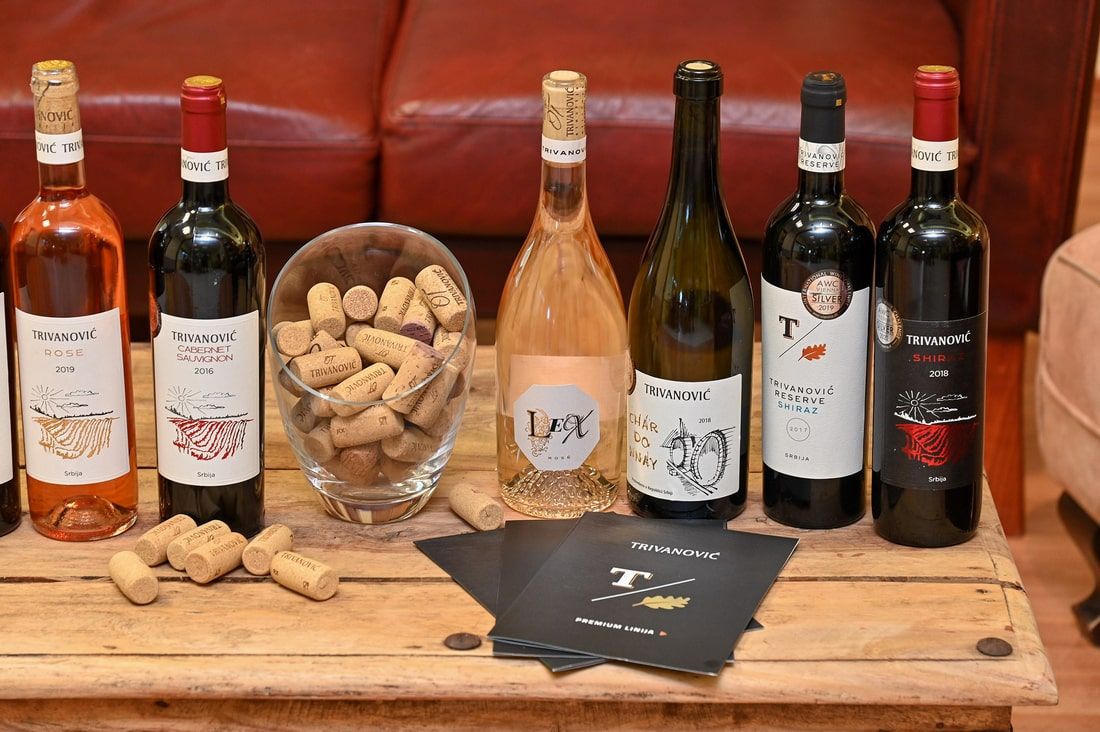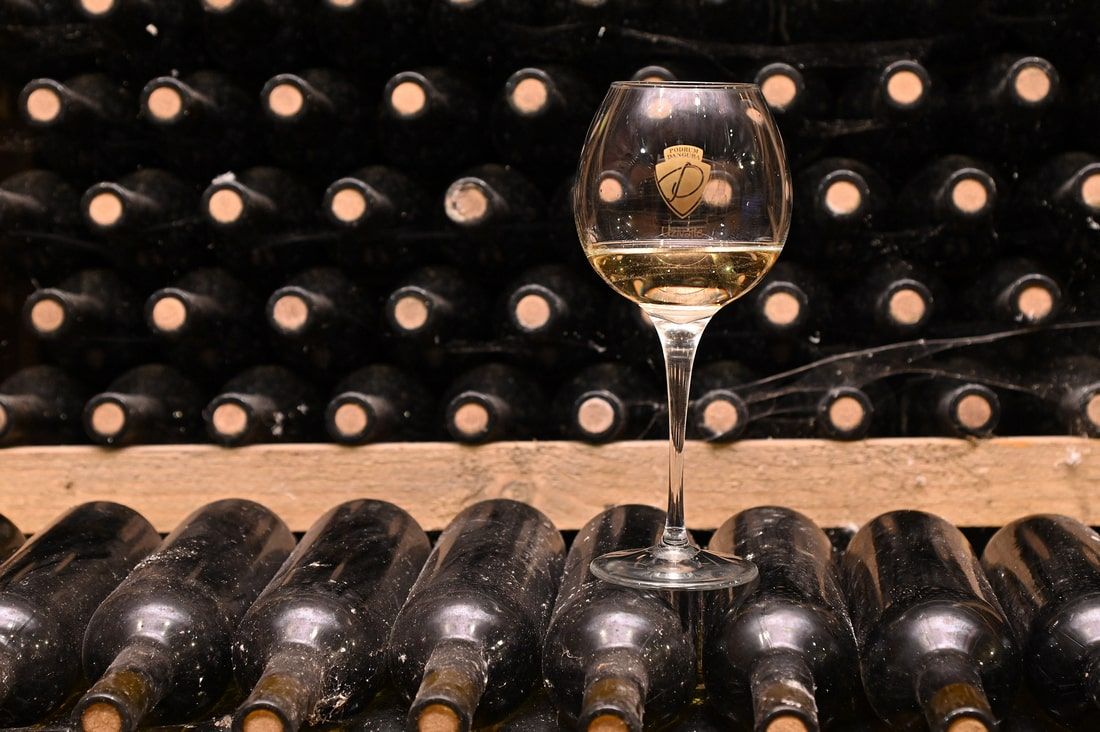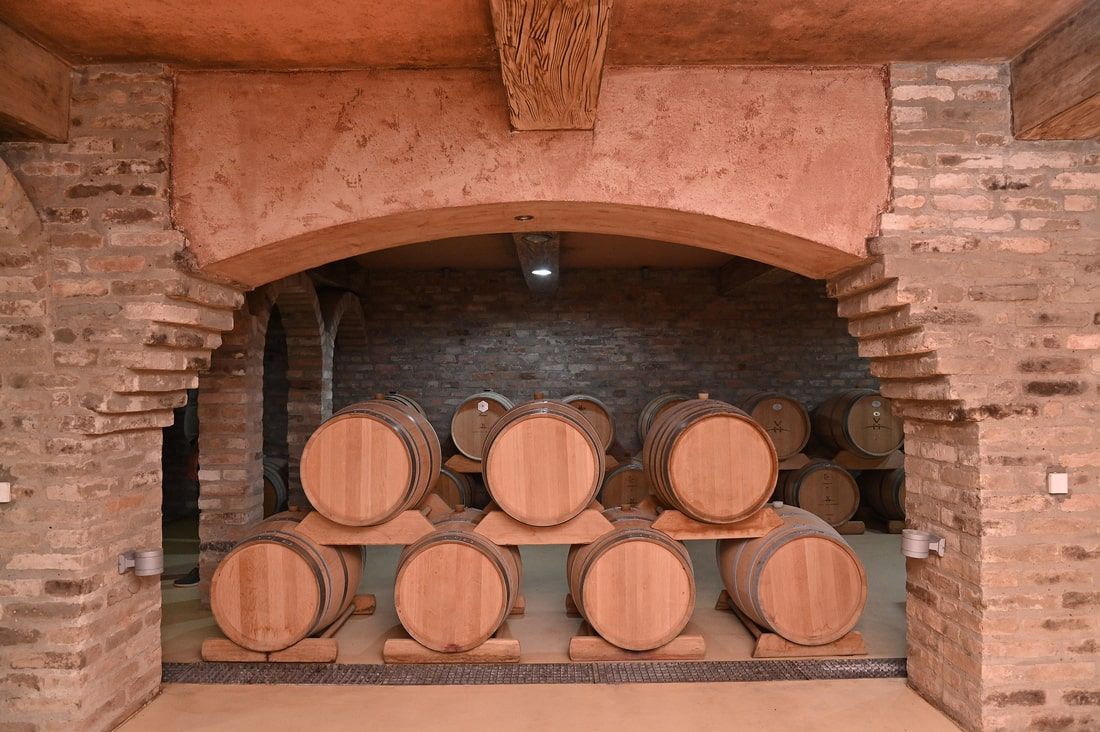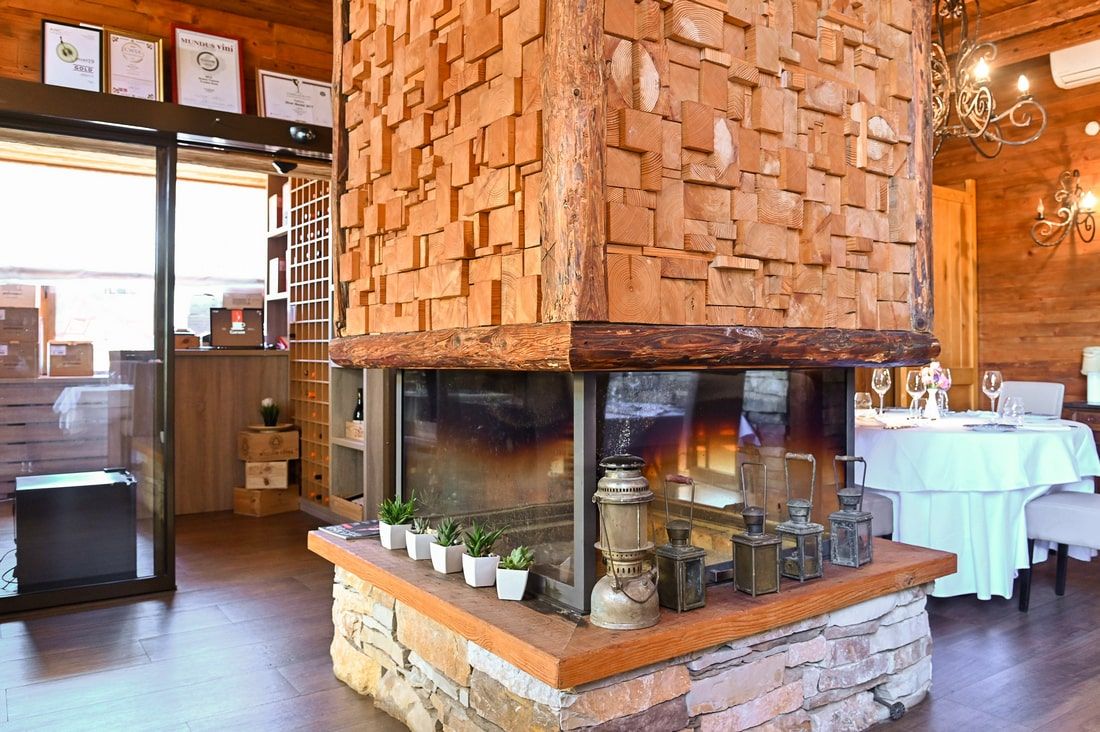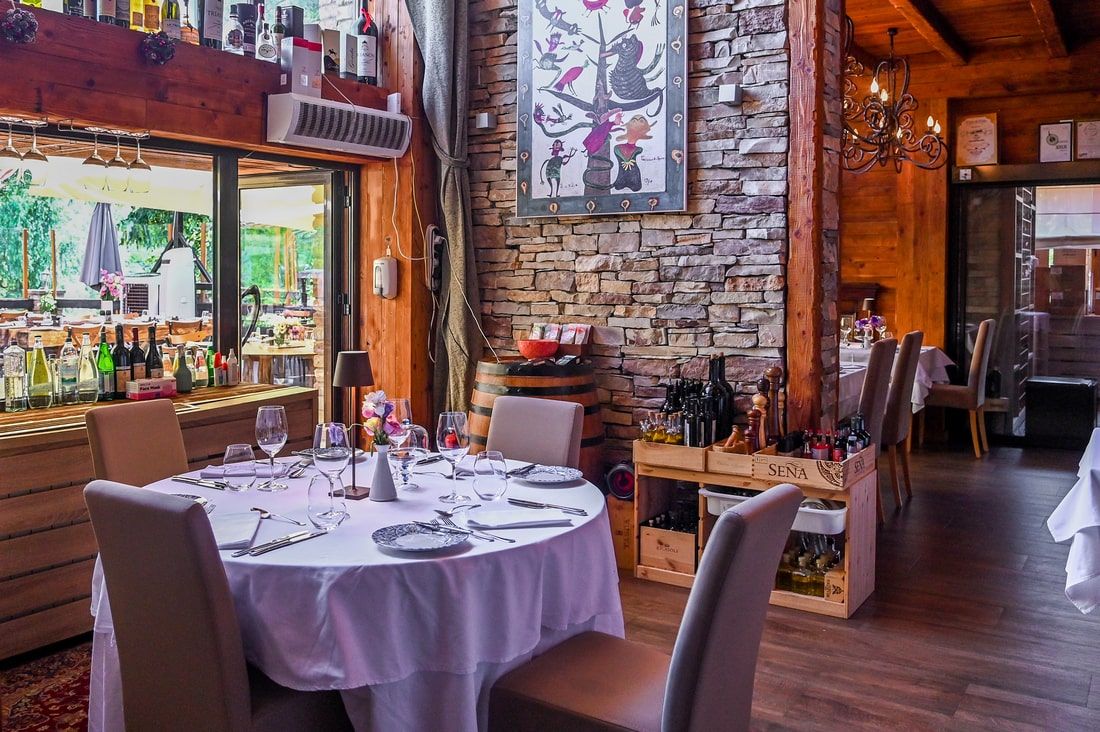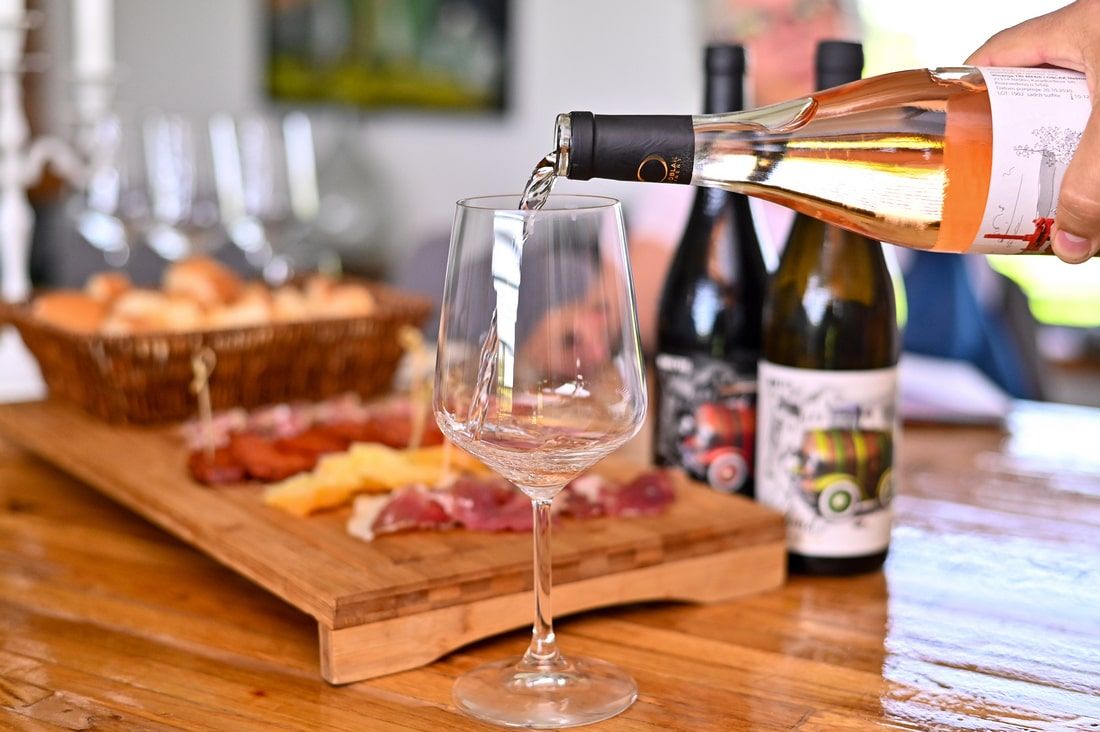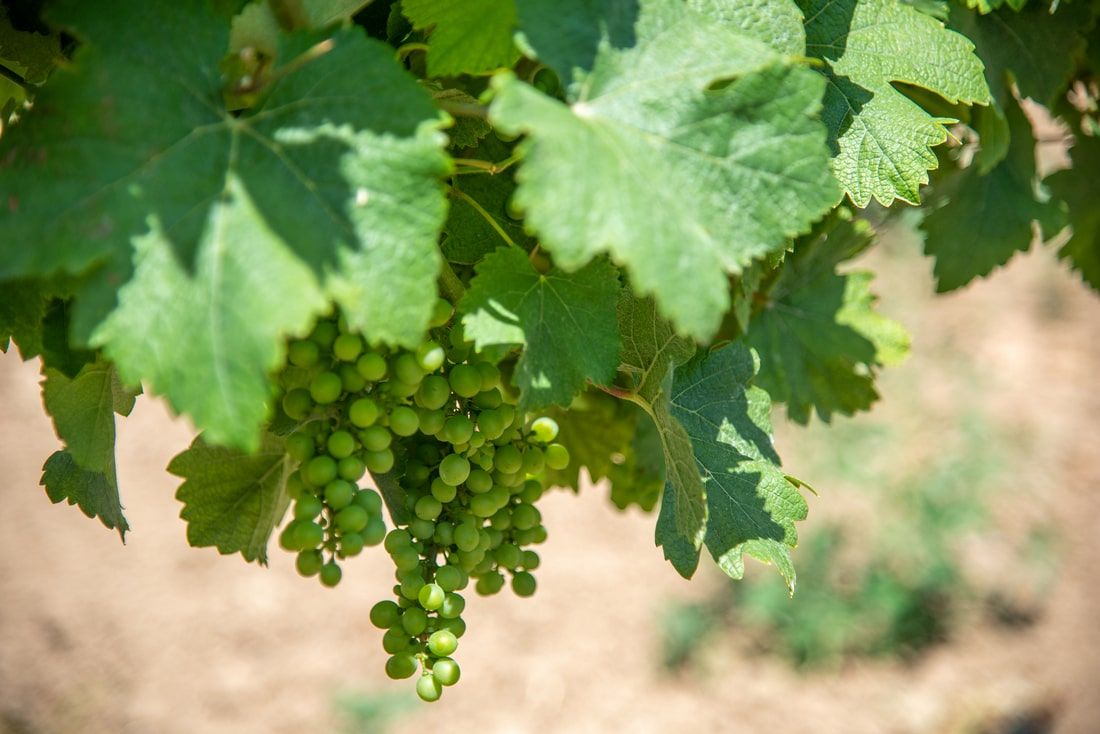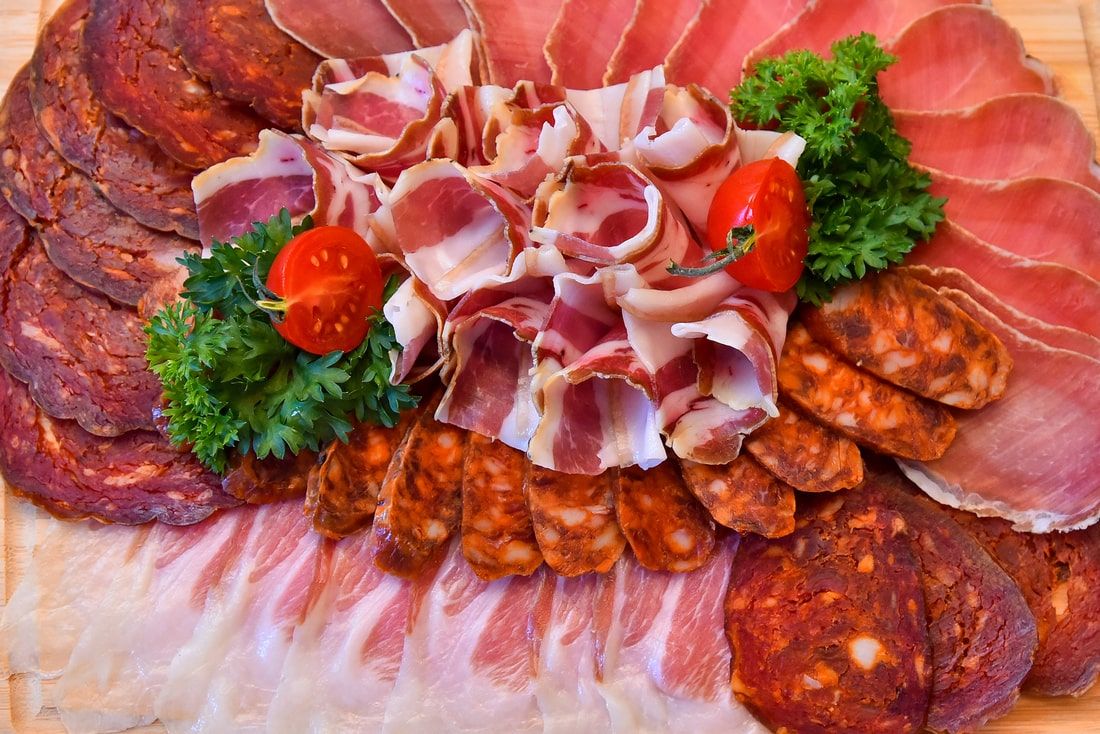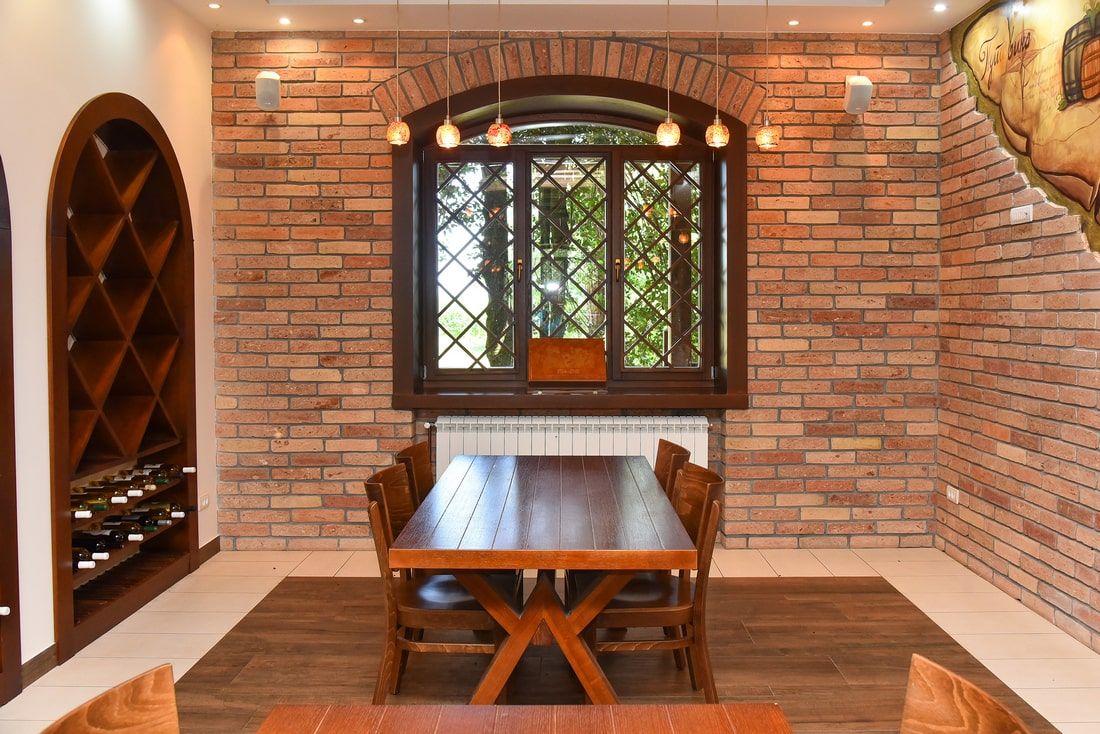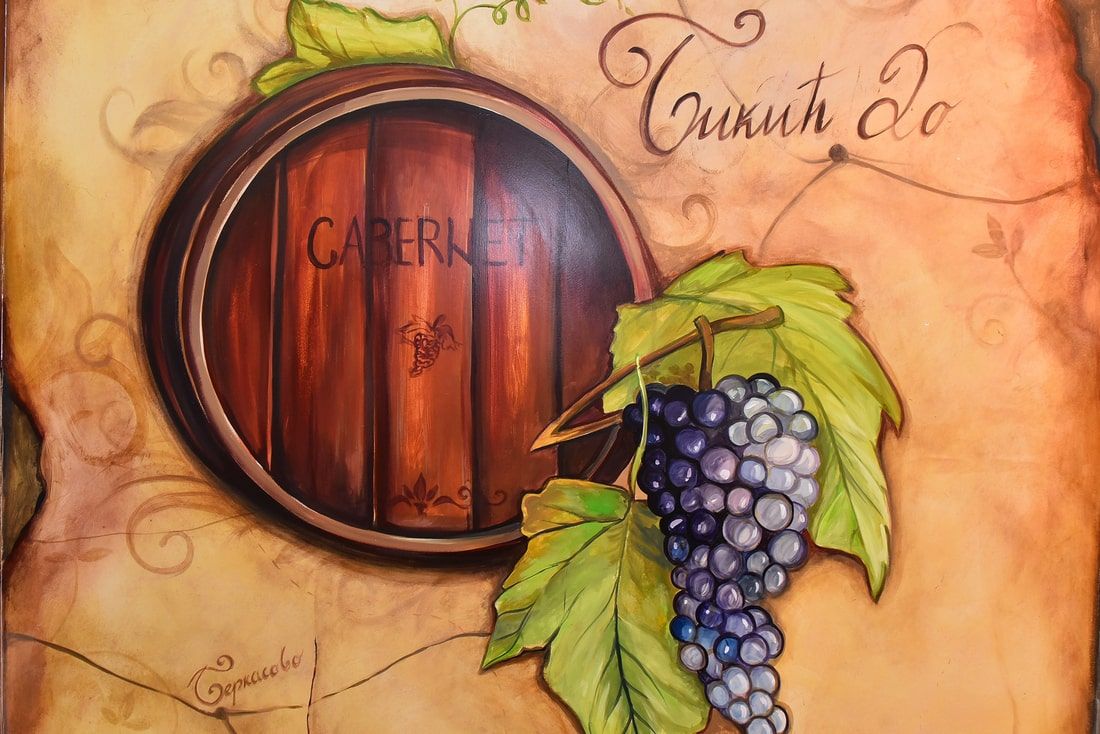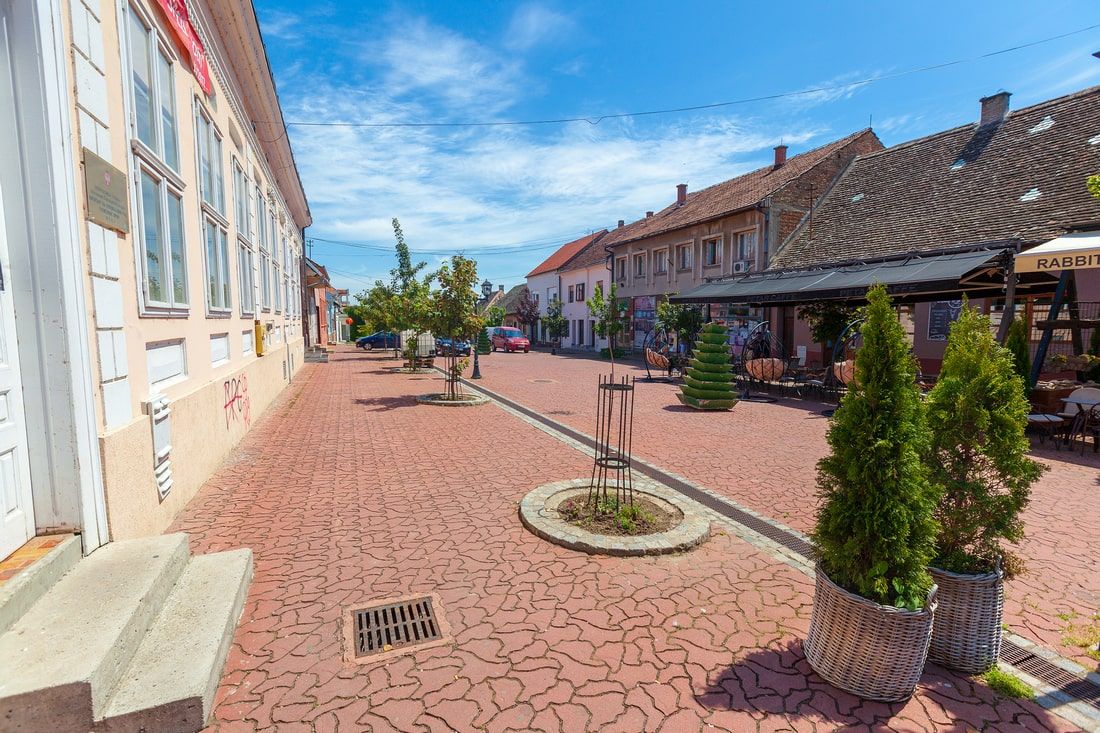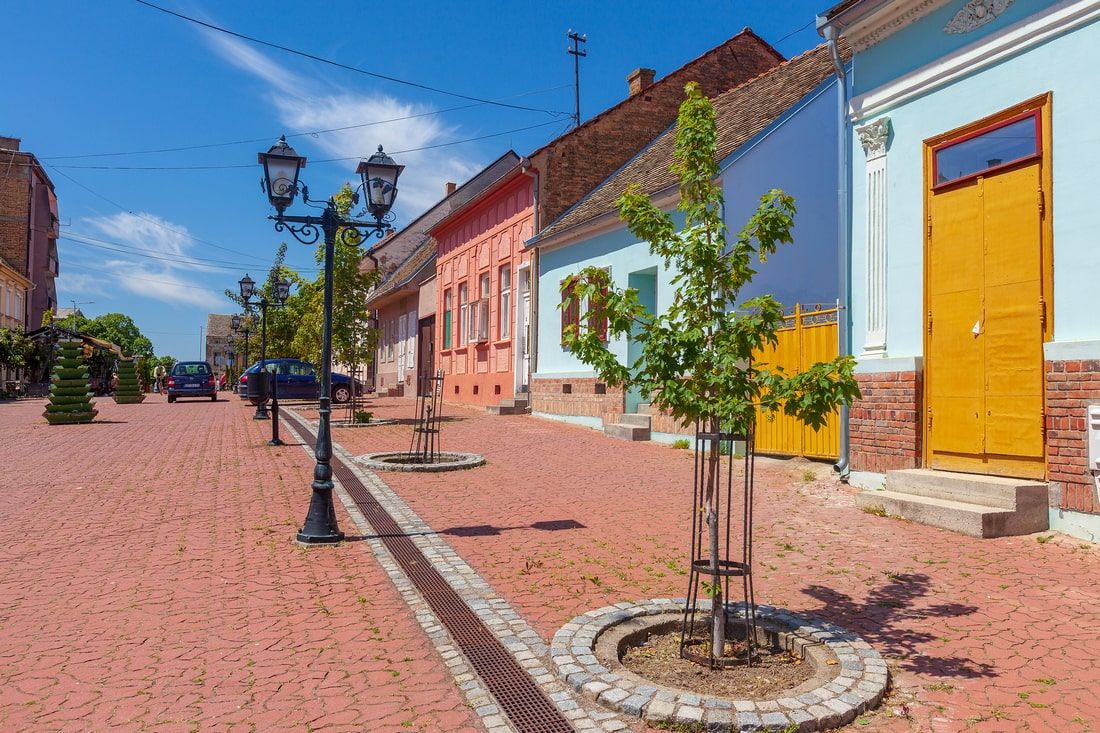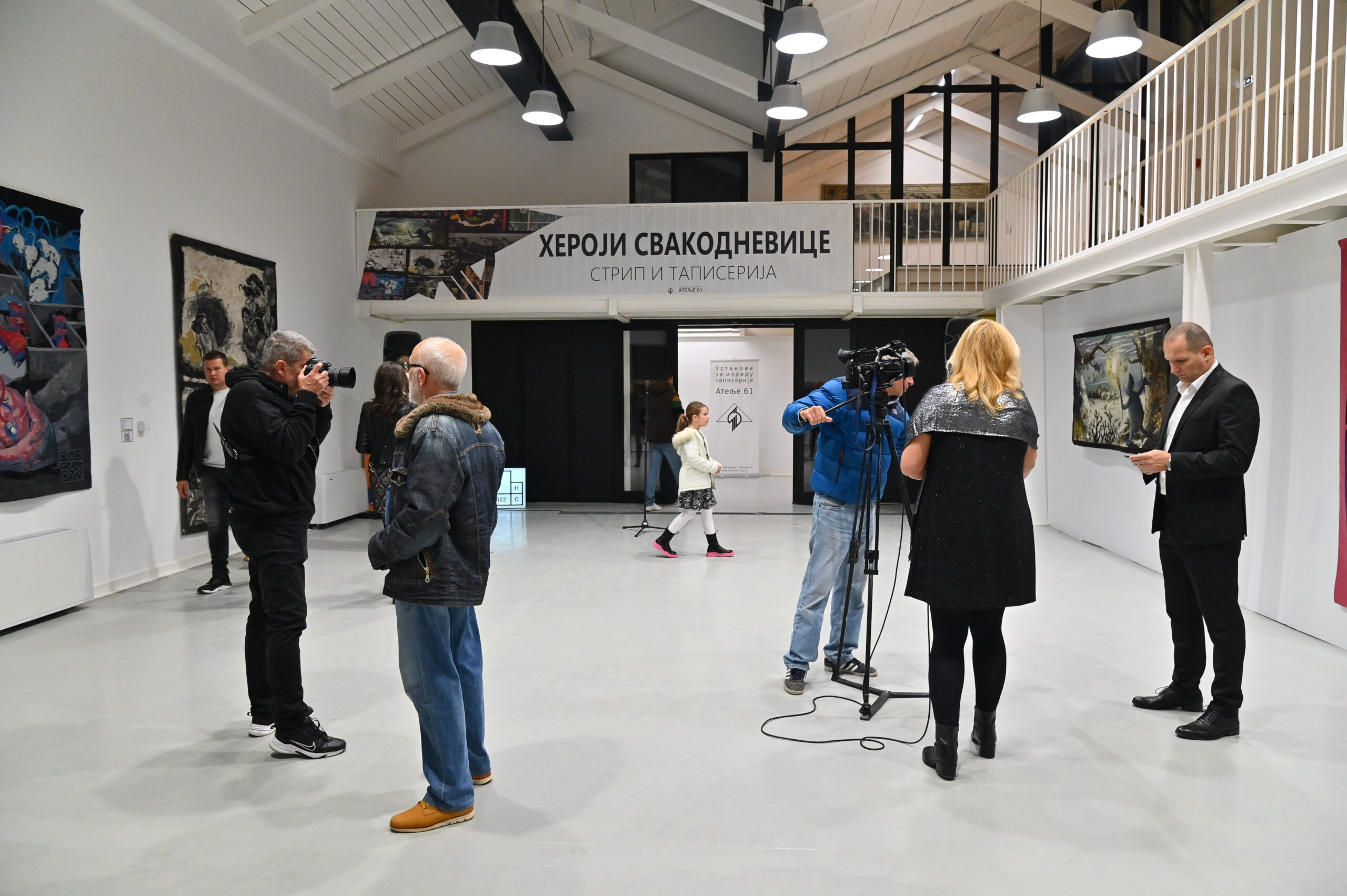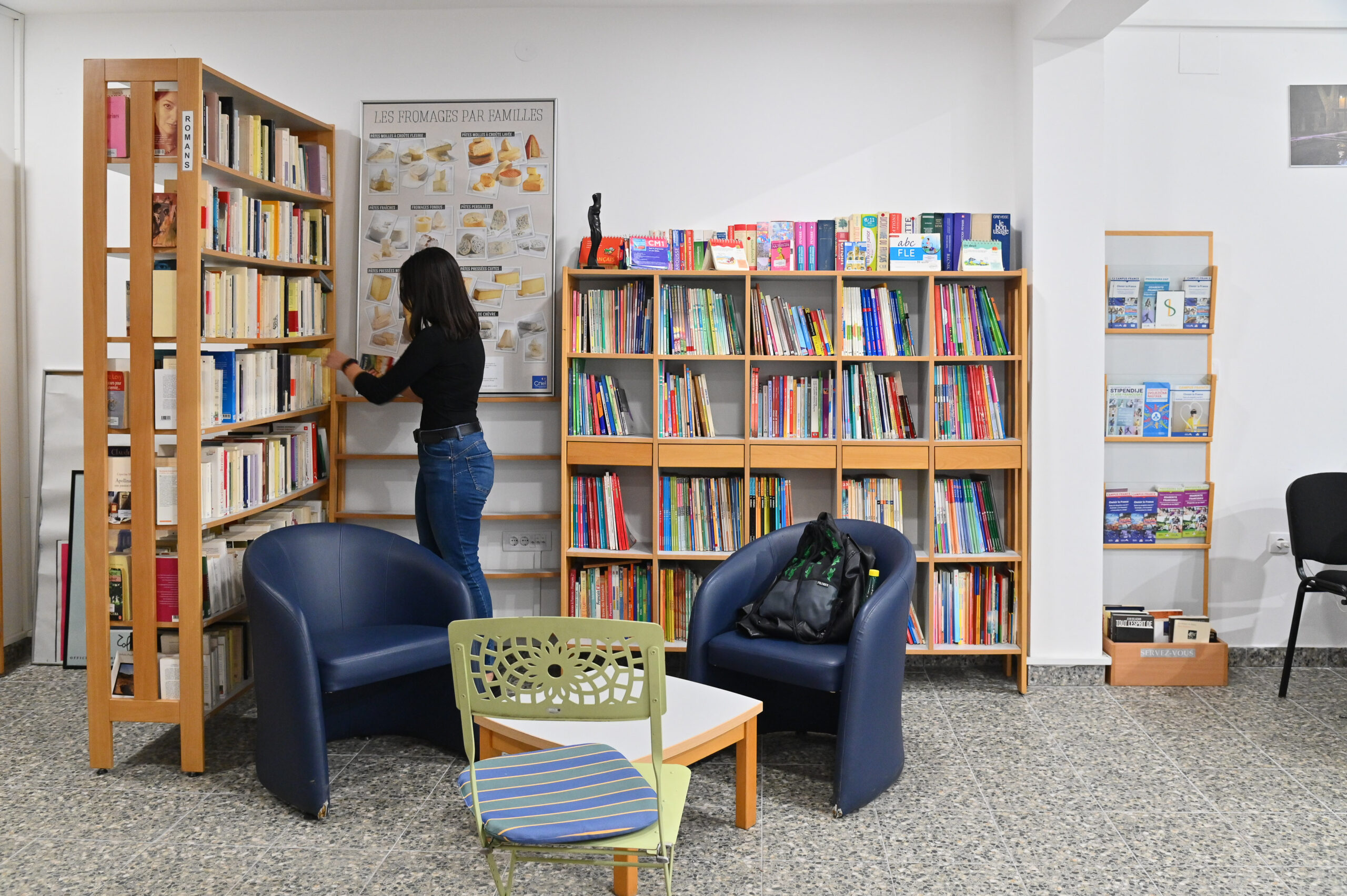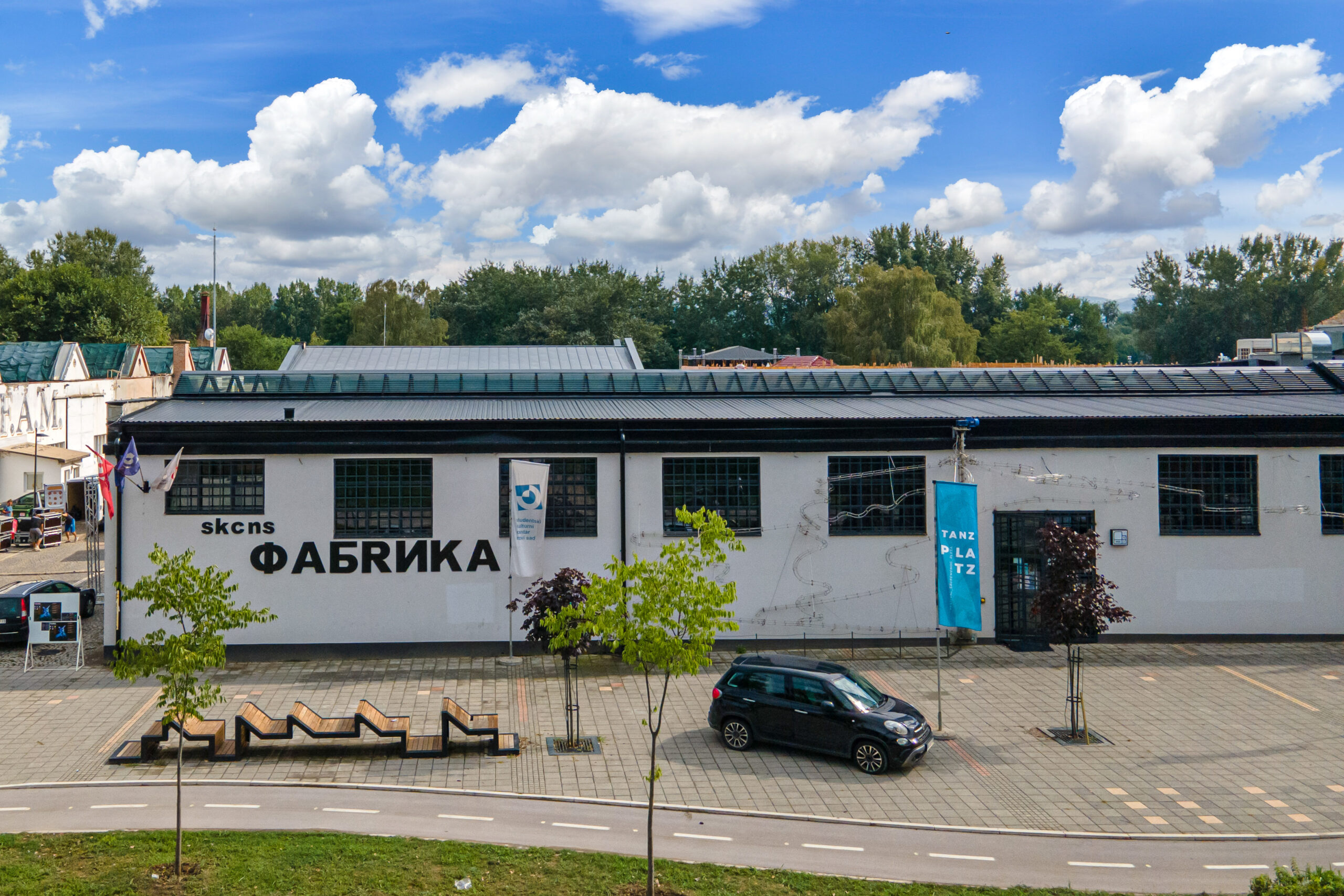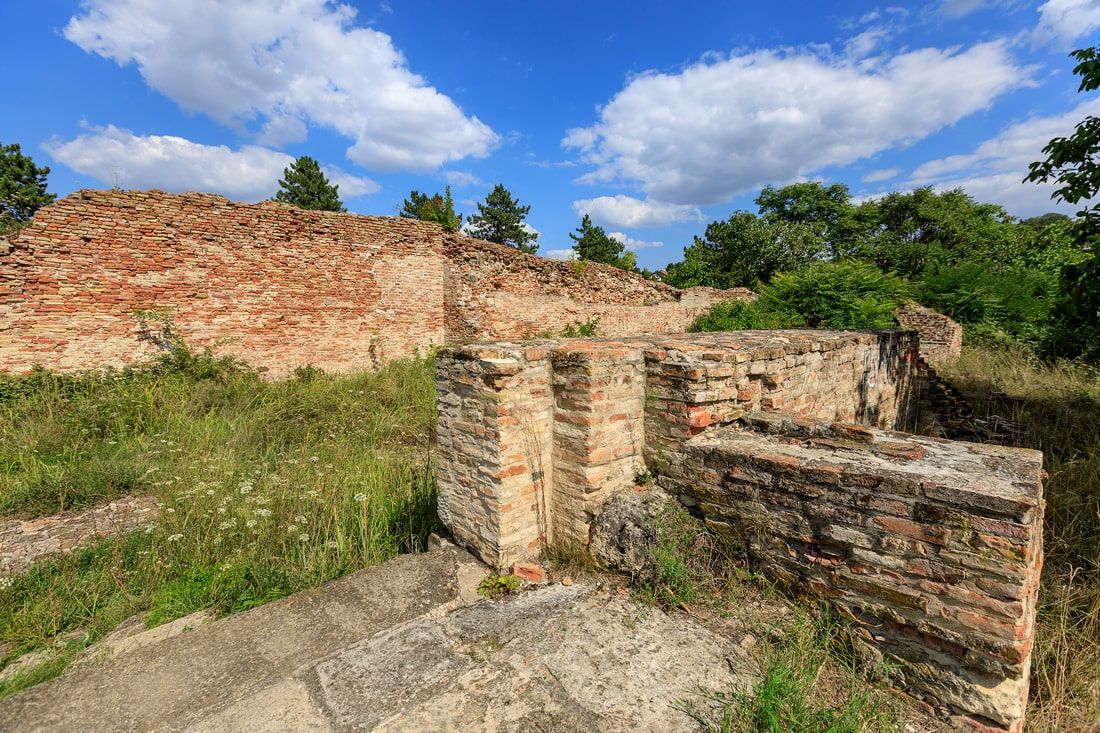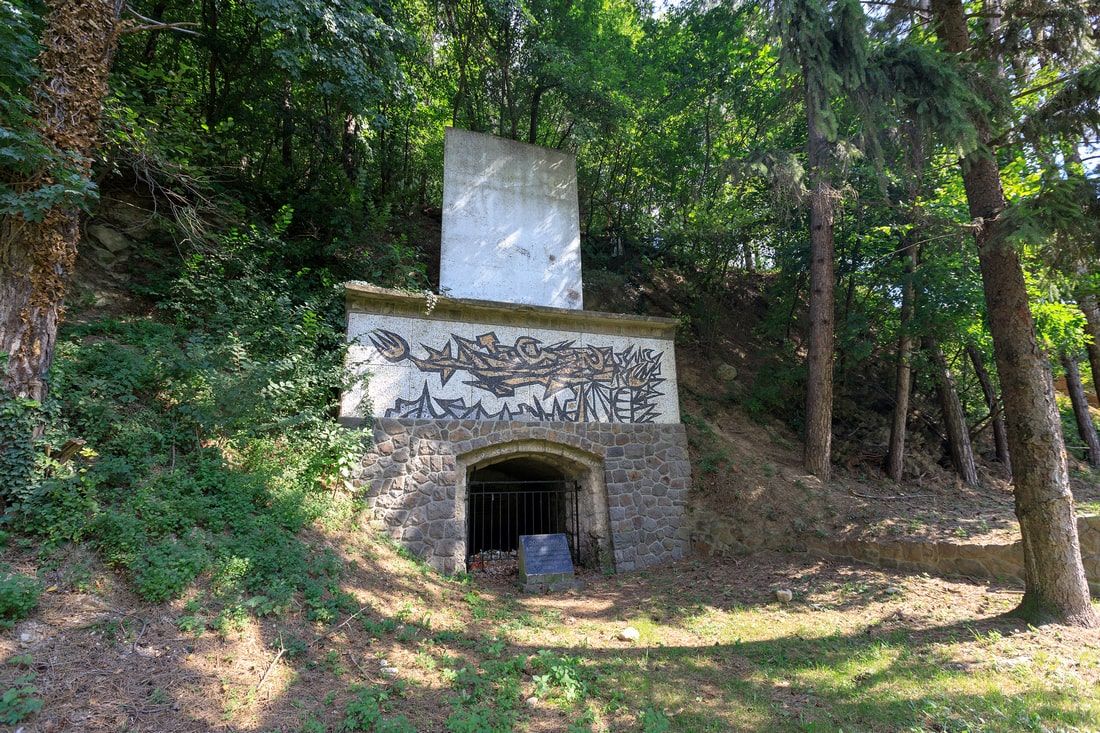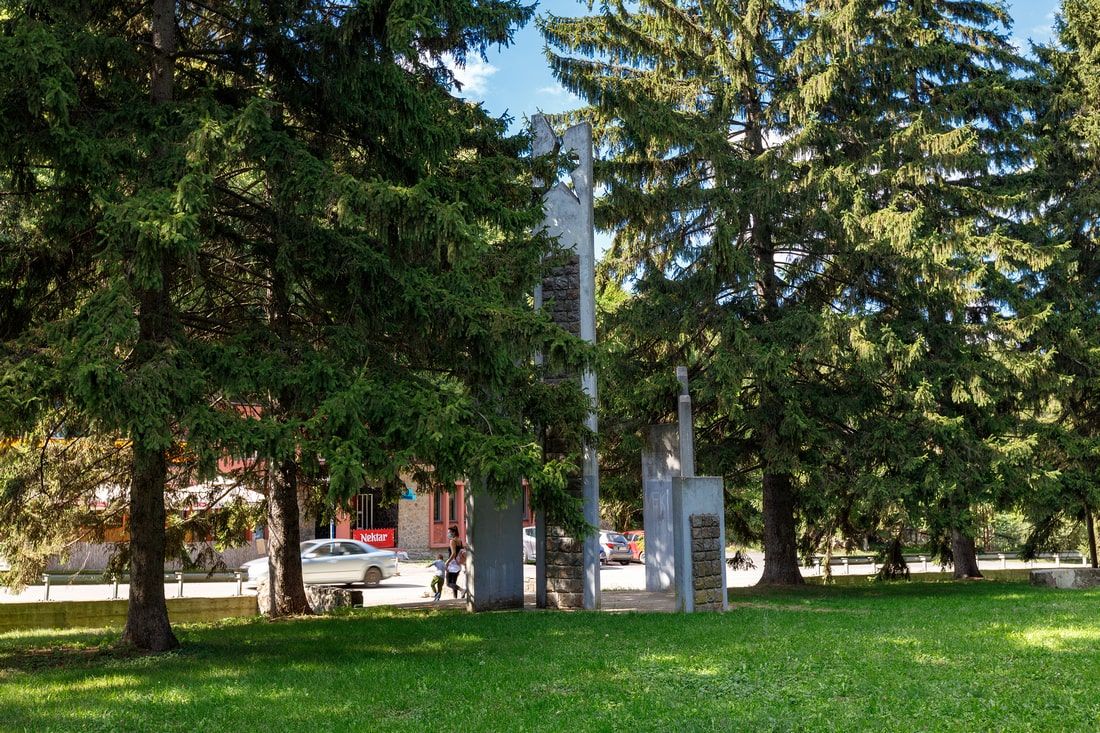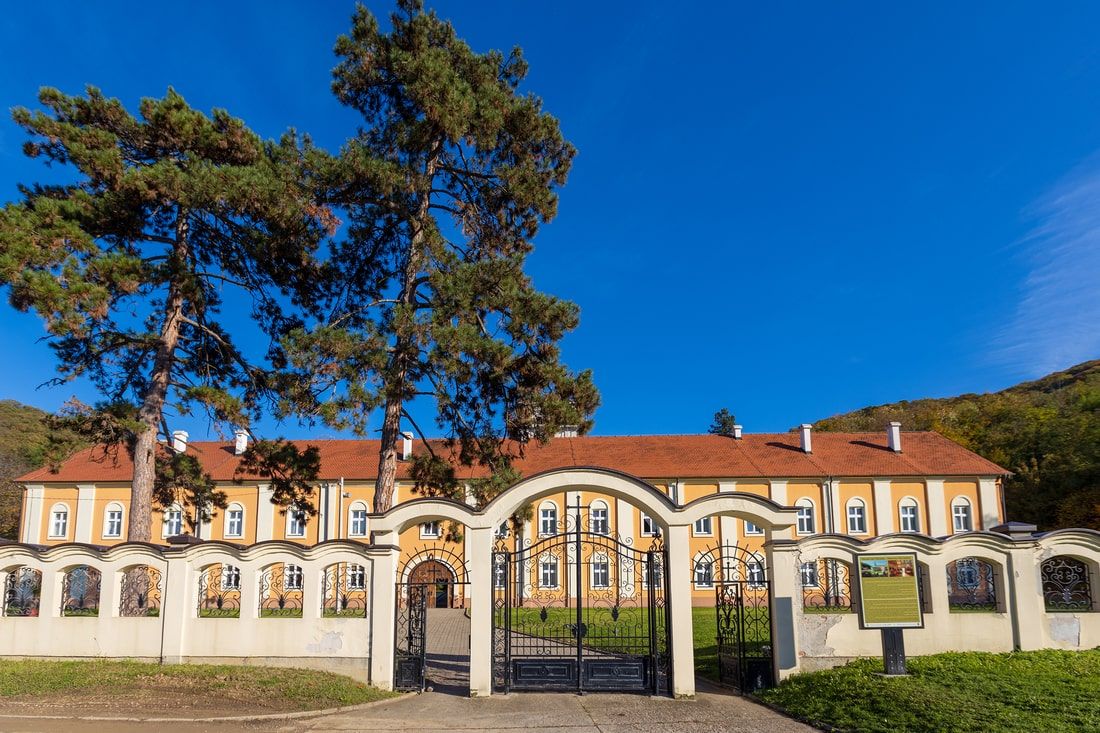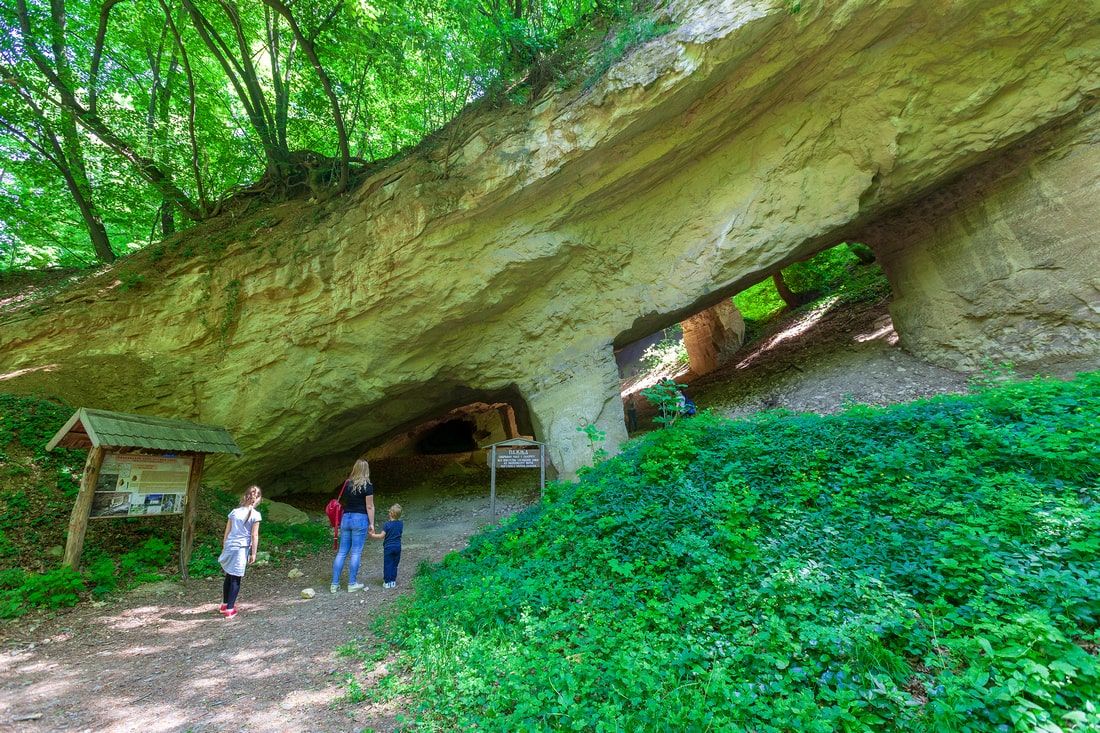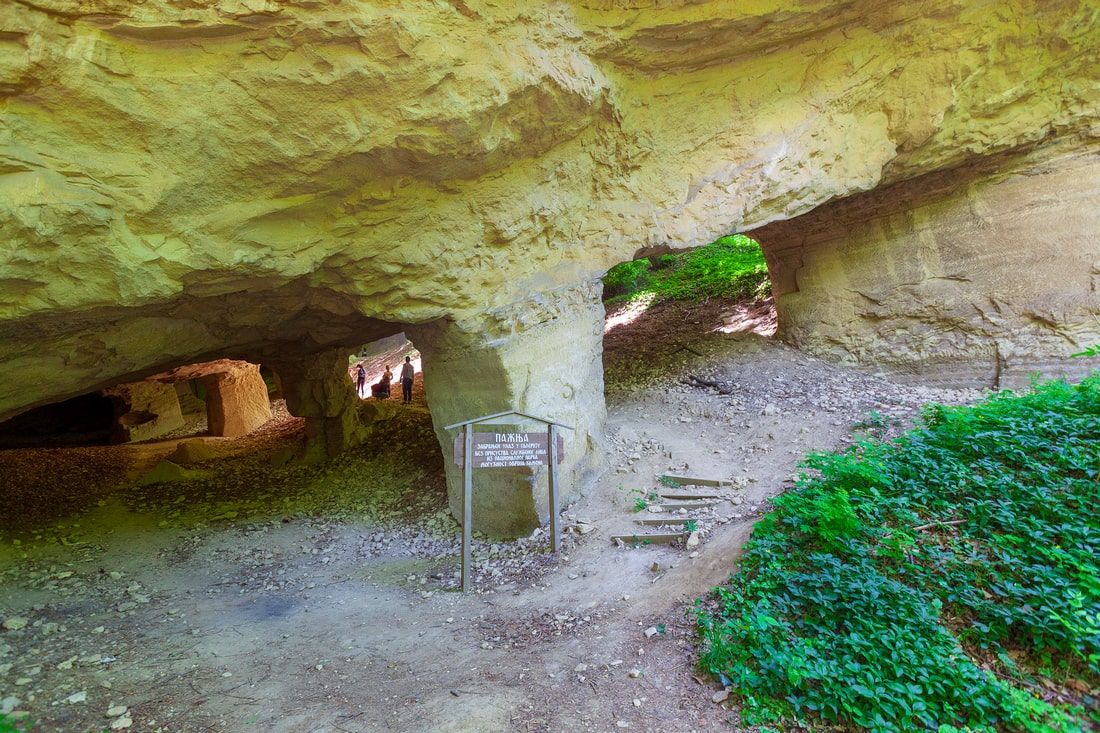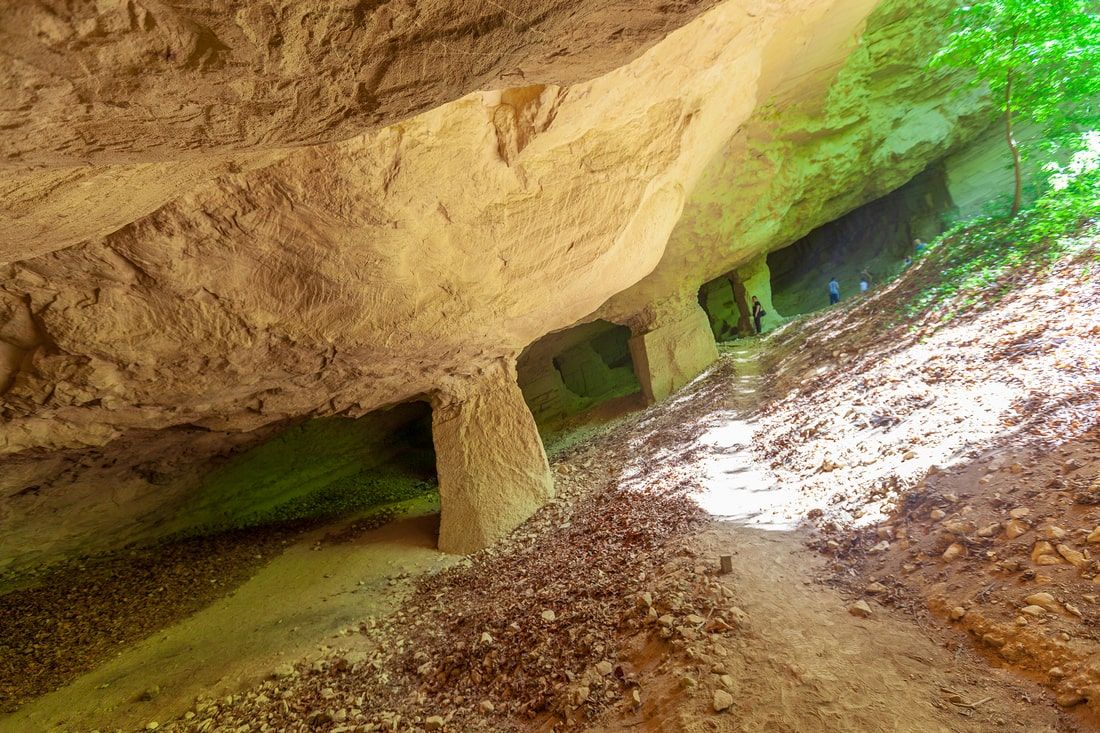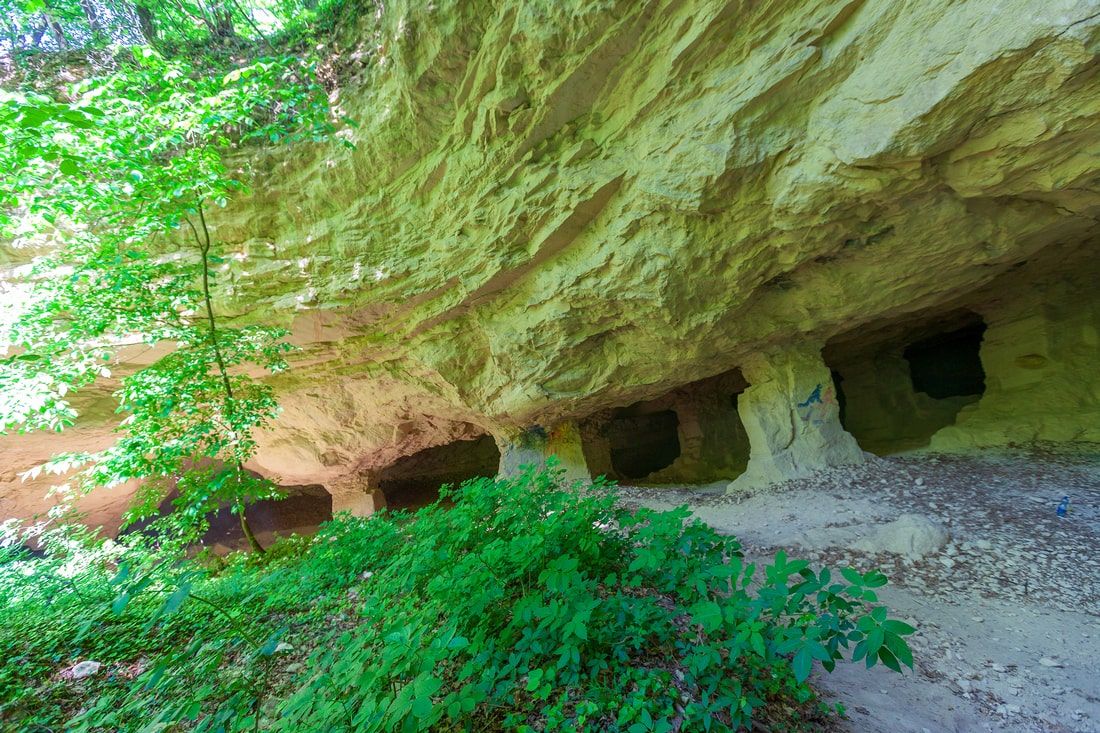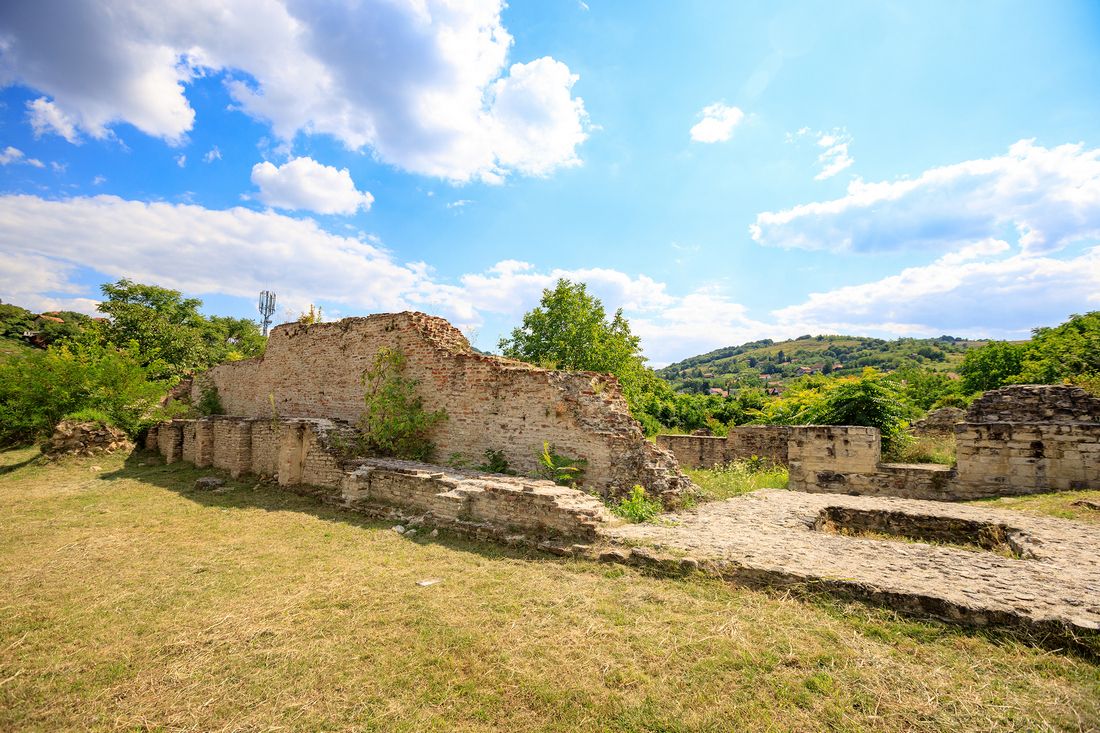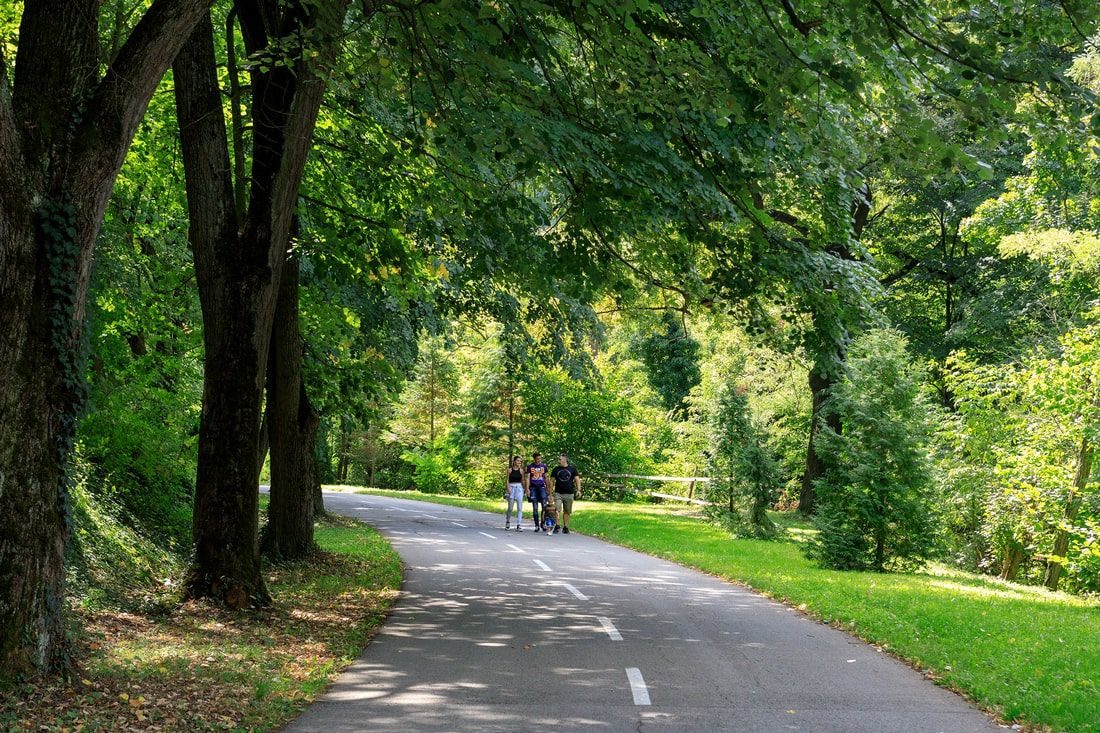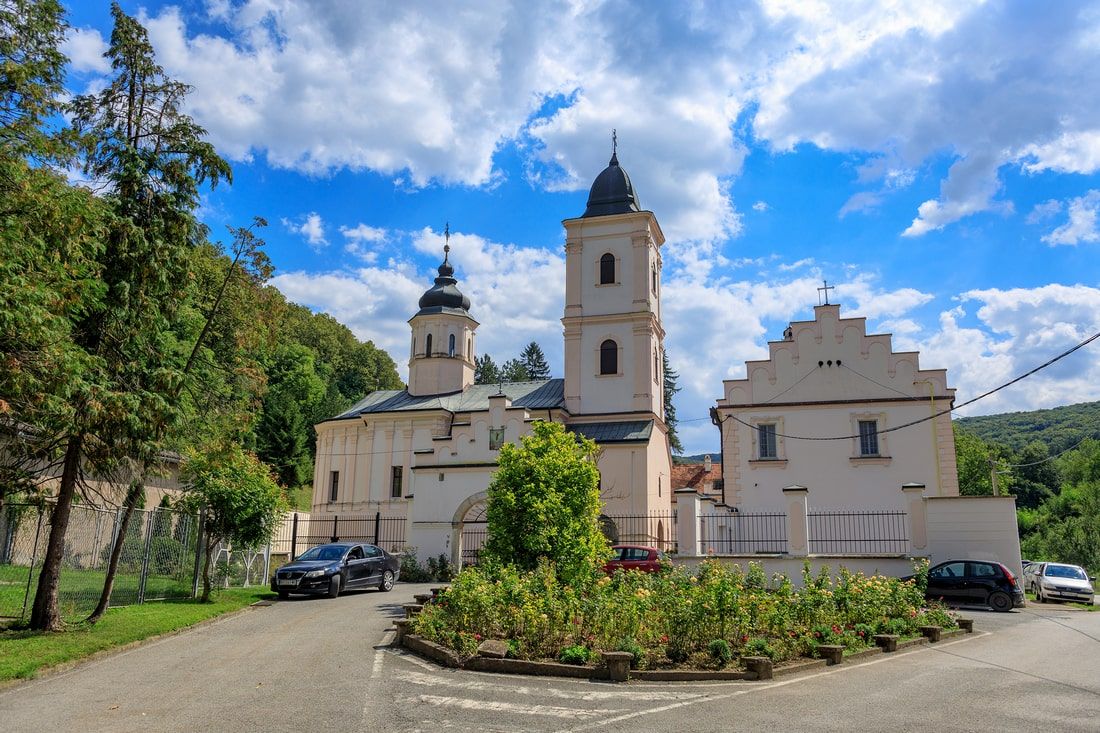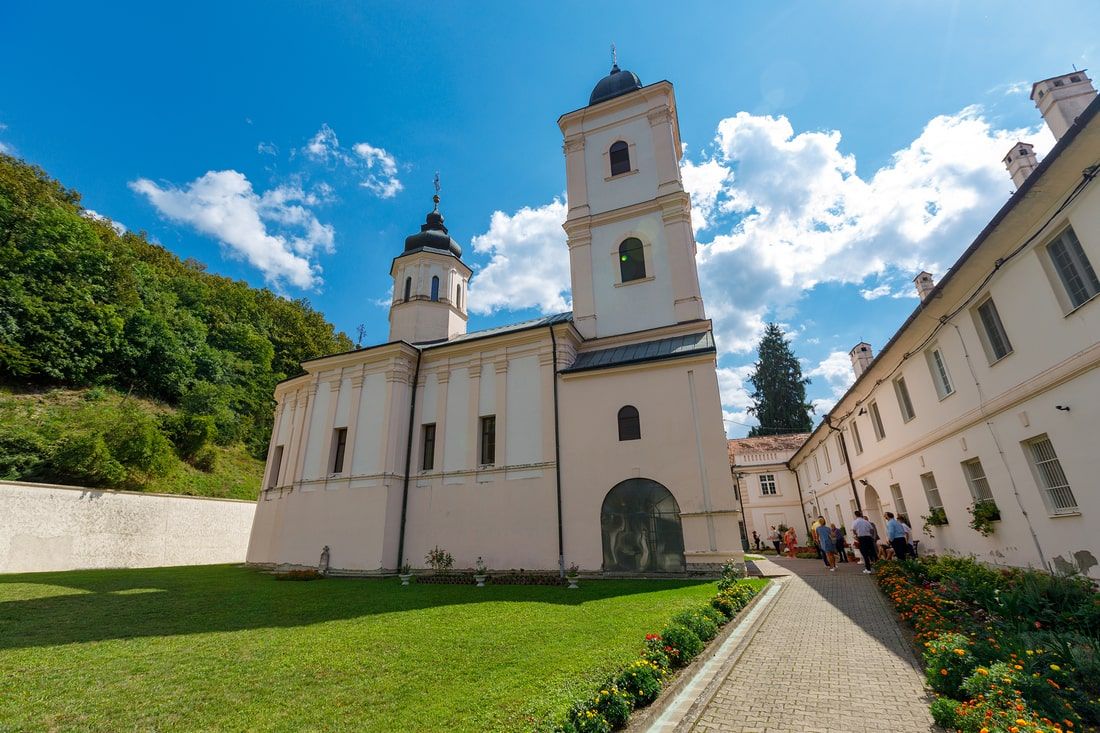52 Weekends - March
Following the footsteps of the noble family Odeschalchi
The western part of Fruška Gora, between the Danube in the north and the border with Croatia in the west, abounds in natural beauty and monumental heritage, among which the forest expanses stand out, with the Erdevik hunting ground Vorovo, lakes Moharač, Bruje and Sot, as well as the the heritage of Serbian Orthodox monasteries Đipša, Petkovica, Kuveždin and Šišatovac.
This is also a recognized wine-growing region, also known for its vineyards and wine cellars of the Italian noble family Odeschalchi. Traces of the Odeschalchis from Susek to Erdevik and Bikić Do are still visible today, whether we talk of memory, tradition, or material testimonies of their Srem wine experience. Many winemakers will refer to the fact that modern vineyards are located exactly where Odeschalchis’ had been, and in some places masterfully designed and built wine cellars can be found, as well as the wine villa with a park in Bikić Do. These are hints of the former beauty and wealth of privileged nobility for whom special settlements of winegrowers were formed, for those who created this beauty and wealth to live. Such settlements are Bikić Do and Stara Bingula.
Today, on the slopes of western Fruška gora, there are more and more vineyards and excellent wines that are created from the following grape assortment: Italian Riesling, Rhine Riesling, Chardonnay, Sauvignon Blanc, Gewürztraminer, Pinot Gris, Merlot, Muscat Hamburg, Cabernet Sauvignon, Vranac, Tamjanika, Shiraz, Blaufränkisch, Pinot Noir, Probus, Marselan, etc. If wine is a paradise drink, then you can try it and buy it at the Dudan Winery in Susek, the Tri međe i Oblak winery, the Gaston Wine Winery in Neštin, the Trivanović Winery, the Danguba Cellar Winery, the Molovin Winery in Šid, the Vinat Winery, the Erdevik Winery, the Brestovački Winery in Erdevik, and the Ilić-Nijemčević Winery in Bikić Do.
For two decades, the traditional Srem Wine Festival has been organized in honor of Berkasovo wine and winemakers, and wine producers gather there every February to exchange experiences and evaluate wines.
More details at the following link: https://novisad.travel/tragom-vlastelinske-porodice-Odeschalchi/
Text: Gordana Stojaković
Fruška Gora – towards Irig
The road to Irig can be both a rest and an inspiration. Irig is an old settlement, once rich and famous for its wine, the center of Fruška gora, whose flourishing was stopped first by the plague and then the phylloxera. The town has been renovated in recent decades and the old Fruška Gora capital shines with new hopes. The renovated Irig urban core with Baroque, Classicist and Art Nouveau houses, its beautiful Orthodox temples, dedicated to St. Theodore Tiron, the Dormition of the Most Holy Theotokos and Saint Nicholas are worth seeing.
The tourist economy of Irig is being renewed, and if you decide to stay, you might find a place to stay in Milin Lagum or the Fruška gora guesthouse. The Irig wine story representatives are Mačkov podrum winery and the Kovačević Wine House. The can take you from Irig Perkov salaš in Neradin, or on a small monastery tour: Novo and Staro Hopovo, Grgeteg, Velika Remeta and Krušedol. If you decide to head from Irig to Iriški venac and visit Novo Hopovo, do not miss the opportunity to walk to Staro Hopovo. The three-kilometer walk can be a pilgrimage as well – if you so choose.
More details: Tourist Organization of the Municipality of Irig – http://www.turorgirig.org.rs
Text: Gordana Stojaković
Creative District – hub of creativity, art and new knowledge
The space that was once an industrial zone now lives in a new guise – as a location that is a magnet for artistic souls. The renovated spaces host exhibitions, workshops, concerts and events, and have become home to several cultural organizations and institutions. The Creative District, the new name of the former “Chinese Quarter”, is one of the legacies of the European Capital of Culture 2022.
The entire area of the District consists of a series of ten facilities named after the purpose they used to serve: Fabrika (Factory), Radionica (Workshop), Biro (Bureau), Menza (Canteen), Čeličana (Steel Mill), Odmaralište (Rest Area), Cinkara (Zinc Works), Gvožđara (Iron Works), Skladište (Warehouse), Proizvodnja (Production), Češki magacin (Czech Warehouse) and Lončara (Pottery).
In addition to independent artists and hundreds of performers who have performed in one of these spaces so far, current users organize numerous programs throughout the year: Student Cultural Center Novi Sad, Mlin – Children’s Cultural Station, the Gallery of the Tapestry Making Institute Atelje 61, the Youth Cultural Station OPENS, the French Institute in Novi Sad, the Office for Cooperation with Civil Society and others.
More information about the District’s programs and history can be found at https://visitdistrikt.rs.
Text: Bojan Petrović
Tourist pictures of Rakovac
Rakovac is not a unique settlement. Stari Rakovac, a settlement of monastery laborers, was destroyed during World War II, and a new one was formed a few kilometers to the north. The suffering of the settlement and its inhabitants was recorded through the Quarry Memorial (resembling a massive tower), dedicated to fallen fighters and victims of fascism, and the Stručica monument (an unusual visual solution), dedicated to the fallen group of heroes – patriots.
The multi-layered Rakovac archaeological site Gradina – Dombo is not yet ready for tourist visits. The oldest layer of the site are the remains of an earthen fortification from the Iron Age, while the younger layers contain remains from the Roman period, then medieval churches, first Romanesque, then Gothic and finally the remains of a Benedictine monastery surrounded by ramparts, which was destroyed in the 16th century. Among the movable treasures found at this site is a collection of Byzantine bronze icons from the era of the Komnin dynasty (1081-1204), which is kept in the Museum of Vojvodina.
However, when one thinks of the tourist values of this settlement, then the choice most often falls on the Serbian Orthodox Monastery of Rakovac. According to tradition, it was built by the great chamberlain of the despot Jovan Branković, Raka Milošević, but the first written information about it dates from 1545. The church of the monastery is dedicated to the Saint Cosmas and Damian. The Turks demolished the monastery at the end of the 17th century, but it was soon rebuilt. The monastery was known as a cultural and copying center where the transcripts of Dušan’s Code and the Rakovac Srbljak Manuscript were created.
Near the monastery is the old Beli Majdan quarry, known to the locals as the Rakovac Cave, created by the exploitation of stone for the needs of the nearby settlement and monastery. The hall is about four meters high, and the vault is held by stone columns. The entrance is tens of meters wide and extends as much inside. The area in front of the hall is clear, marked with an information board, and it is possible to enter the at your own risk.
Don’t forget to enjoy wines and food in the Salaksija Winery and the Fig Restaurant.
Text: Gordana Stojaković, Miloš Dunjić
Beočin monastery and its surroundings
As with other Fruška Gora monasteries, the history and tradition of the Beočin monastery have been mixed into one exciting story.
The first written information about the monastery, whose modern church is dedicated to the Ascension of Christ, dates from the 16th century. The construction of the new church began in the first half of the 18th century, with the help of pious Serbs from Stari Futog, Novi Sad and Čerević. The 18th-century iconostasis was made by Dimitrije Bačević and Teodor Dimitrijević Kračun, and the throne icons by Janko Halkozović. The poet Jovan Grčić Milenko and the bishop of Varnava (Nastić), canonized in 2004, were buried at the monastery.
What may surprise and intrigue many visitors is the park on the south side of the monastery complex. There is information that it was designed and implemented by gardeners who arrived from Paris, who also maintained the Gardens of Versailles. The most solemn impression is provided by the chapel erected in 1905 according to the project of the great builder of Sremski Karlovci, Vladimir Nikolic, which is not open for visits.
Exploring the surrounding area will certainly lead you to the restaurant of the local cuisine Beli Čin, a famous place for nature lovers, family excursions, gourmets, and hedonists.
A memorial trail dedicated to the pioneer of mountaineering in Vojvodina, Dr. Ignjat Pavlas, starts from the Beočin Monastery. This 7.5 km long circular trail, called Pavlas’s Circle, leads to Pavlas’s Point, one of the highest peaks of Fruška Gora.
About two kilometers from the monastery, next to the forest house at the Rim site, lies the beginning of the memorial Krleta trail, dedicated to the prominent mountaineering and social activist Svetozar Kokić – Krleta. The track is about 10 km long in the shape of number eight, made up of two smaller circles about 5 km long, which can be traversed separately. The trail takes hikers right next to Dumbovački waterfall.
The best and safest way to get to know and enjoy this trail is to join organized hikes of mountaineering associations (Poštar, Železničar, Naftaš, Fruška gora, Vilina Vodica, Alma Mons Adventures, HTS/Hiking Tour Serbia, etc.).
In the vicinity of Beočin, there is also the Mambo Equestrian Club, oriented mainly towards working with children. They host a riding school and horse walks for the little ones.
Text: Gordana Stojaković, Miloš Dunjić
